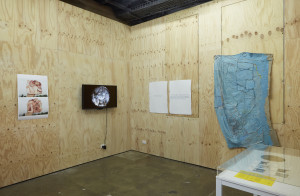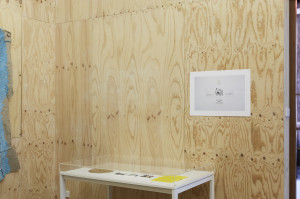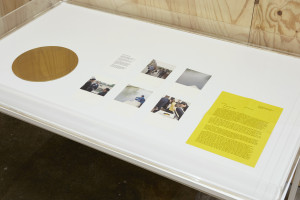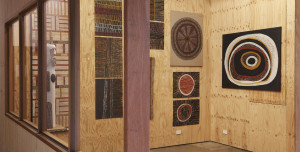Ideas Platform
Jasmin Stephens
Our Studio Selves
7 Apr – 21 Apr 2017

Artspace
43–51 Cowper Wharf Roadway
Woolloomooloo NSW 2011
Sydney Australia
Thursday 6 April, from 5pm
Curated by Jasmin Stephens, Our Studio Selves presents ideas about the role of the studio contributed by artists from Australia and Southeast Asia. While it does frame artists in terms of their sites of production, it is intended to be inclusive of those without studios and whose practices are collaborative as well as those who produce and present across material and digital space. For the artists in the exhibition, the studio entails a commitment to reflection and growth which can conceivably embrace the efficacy of the journal, the pool and the laptop. The interior nature of these processes suggests the acquisition of insights that are hard-won and which may not be immediately apparent.
Until the nineteenth century, studios in Western Europe were conducted as workshops staffed by assistants which is a model that today’s large scale project-based studios are returning to. Travel, residencies and co-living are now also viewed as essential experiences which are overtaking the primacy of the studio. Despite these trends, however, there has been a proliferation of studio imagery and a revival of interest in classic texts devoted to the themes of creativity.
Australian writer David Malouf offers an historical context for the exhibition. In his 2011 essay The Happy Life, he cites French philosopher Michel de Montaigne’s (1533-92) desire to retreat to a ‘little back-shop’. Noting Montaigne’s aristocratic status, Malouf acknowledges this aspiration as present in Western thinking and as a perspective that can be extended to other philosophical traditions. Any consideration of the ‘creative life’ must include Virginia Woolf’s A Room of One’s Own (1929), her celebrated essay in which she argues that women must have the financial independence and the recognition to write in the face of patriarchal and other normative constraints.
At the same time, the exhibition is framed by the emergence of labour conditions that are characterised by the personalisation of work and a greater intolerance of idleness. Traditional notions of the studio are being challenged as much by the corporatisation of space and property as the shifting aspirations of artists.
However, as these artists reflect, against the backdrop of the digital evolution of the art market, the internationalising of peer relationships and the diversification of audiences, the ‘veracity’ of the studio persists.








